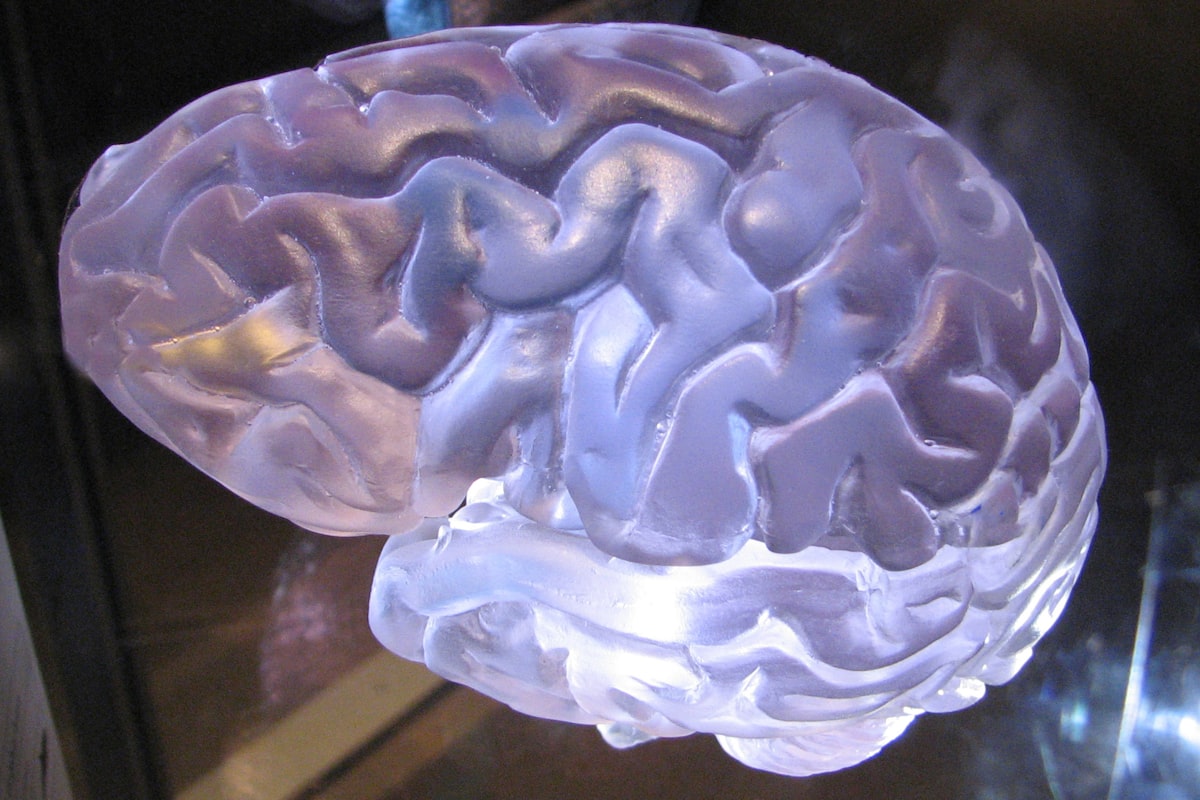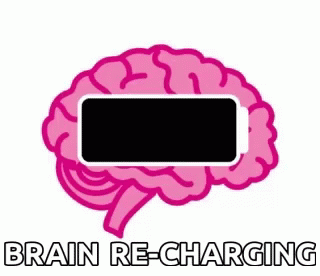5 Research-Based Reasons to Use Brain Breaks in the Classroom and Brain Break Resources
Incorporating Brain Breaks can add fun and movement to the school day and add enjoyment for teachers and students. Below you'll find some Brain-Break research along with some resources to get you started.

Every time I sit in a meeting that is lasting a little too long I think of my students in each of their classes. I know I'm always grateful for a break, and I feel better after taking one.
Over my educational career, the length of core classes has increased along with the number of interventions and extension activities. Most of these required extended periods of sitting down.

Ideas, resources, tools, and free downloads to make your teaching life easier and more enjoyable.
Incorporating Brain Breaks can add fun and movement to the school day and add enjoyment for teachers and students. Below you'll find some Brain-Break research along with some resources to get you started.
If you find this resource useful, use the button below to receive email updates.

5 Research-Based Reasons to Use Brain Breaks in the Classroom
- Improving focus and attention: Research has shown that taking short breaks during prolonged periods of concentration can help improve attention and reduce fatigue (1, 2).
- Enhancing learning and memory: Brain breaks have been found to be effective in improving memory retention, particularly when they involve physical activity (3, 4).
- Reducing stress and anxiety: Taking regular breaks can also help reduce stress and anxiety levels in students, which can negatively impact their ability to learn and perform (5, 6).
- Improving physical health: Incorporating physical activity into brain breaks can also help improve students' overall physical health, which can have positive effects on their overall well-being and academic performance (7).
- Encouraging creativity and problem-solving: Brain breaks that allow for free play and exploration can also help to encourage creativity and problem-solving in students (8, 9).
Brain Break Teaching and Learning Resources
- 50 Educational Brain Breaks from WeAreTeachers
- 20 Energizing Brain-Breaks
- 9 Brain Breaks to Help Students Focus
- Here's another list of 37 brain-break ideas
- Here are 25 Brain Break ideas for Middle School students
- This document contains 50 classroom energizers for active learning and relaxation.
- This link will take you to a few document downloads containing Brain Break resources for elementary and middle school.

References:
- McMillan, J.H., & Hearn, J. (2008). Classroom management: Creating positive learning environments. Pearson.
- Guitierrez-Maldonado, J., & Rosas, R. (2011). Effects of physical activity on attention and memory in primary school children. Journal of Sport and Health Research, 3(1), 1-12.
- Diamond, A. (2013). Executive functions. Annual Review of Psychology, 64, 135-168.
- Ratey, J.J., & Hagerman, E. (2008). Spark: The revolutionary new science of exercise and the brain. Penguin.
- Durlak, J.A., Weissberg, R.P., Dymnicki, A.B., Taylor, R.D., & Schellinger, K.B. (2011). The impact of enhancing students' social and emotional learning: A meta-analysis of school-based universal interventions. Child Development, 82(1), 405-432.
- O'Connor, E., Dearing, E., & Collins, B. (2011). The impact of school-based mindfulness practice on cognitive and socio-emotional functioning of adolescent students. Journal of Applied School Psychology, 27(1), 70-95.
- Clements, D.H., & Sarama, J. (2009). Effects of a prekindergarten mathematics intervention on young children's mathematical development. Journal of Research on Educational Effectiveness, 2(3), 137-163.
- Bodrova, E., & Leong, D.J. (2007). Tools of the mind: The Vygotskian approach to early childhood education. Pearson.
- Lou, Y., Abrami, P.C., Spence, J.C., Poulsen, C., Chambers, B., & d'Apollonia, S. (2001). Within-class grouping: A meta-analysis. Review of Educational Research, 71(3), 579-620.




